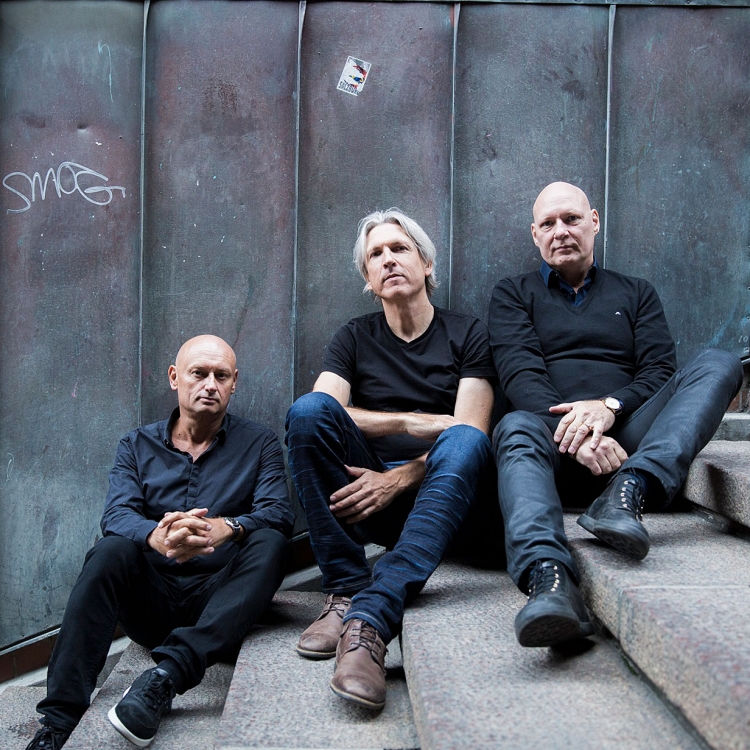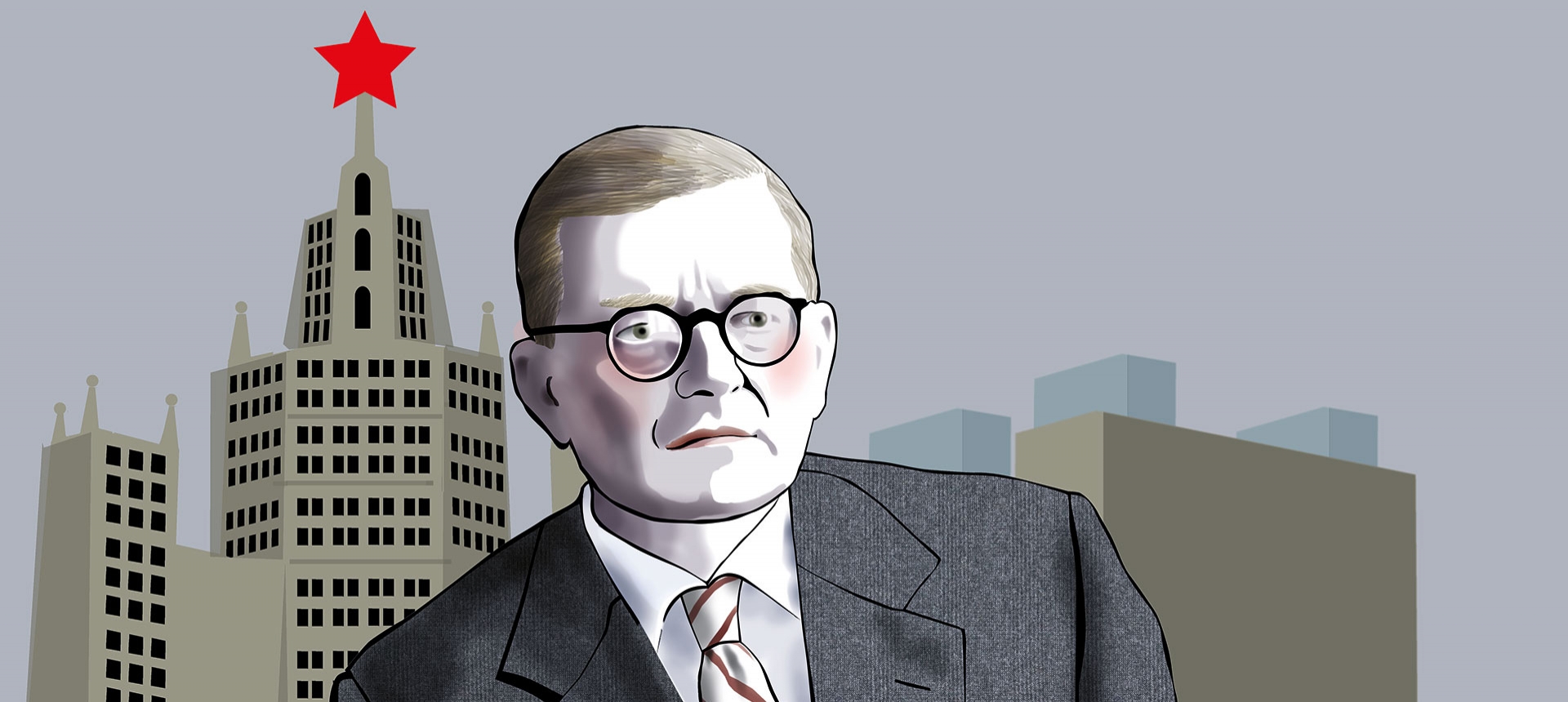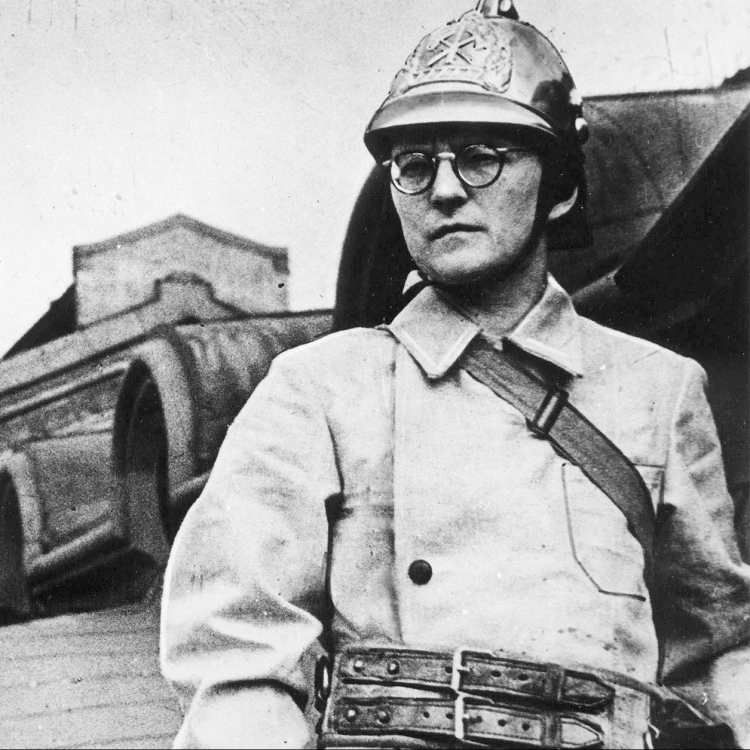The life and career of the Russian composer Dmitry Shostakovich was truly a roller coaster, from the sensational breakthrough of the first symphony in 1925, the two revolutionary sequels and three major ballets during the artistically free 1920s and 1930s, then the crash of the opera Lady MacBeth from Mtsensk 1936 – Stalin thought it sounded bad…
A few years later came the triumph with the Leningrad Symphony, the seventh, which was written under difficult conditions in the middle of a burning war in 1941 and then became a world success when the microfilmed scores were smuggled out with courier planes to the Allies.
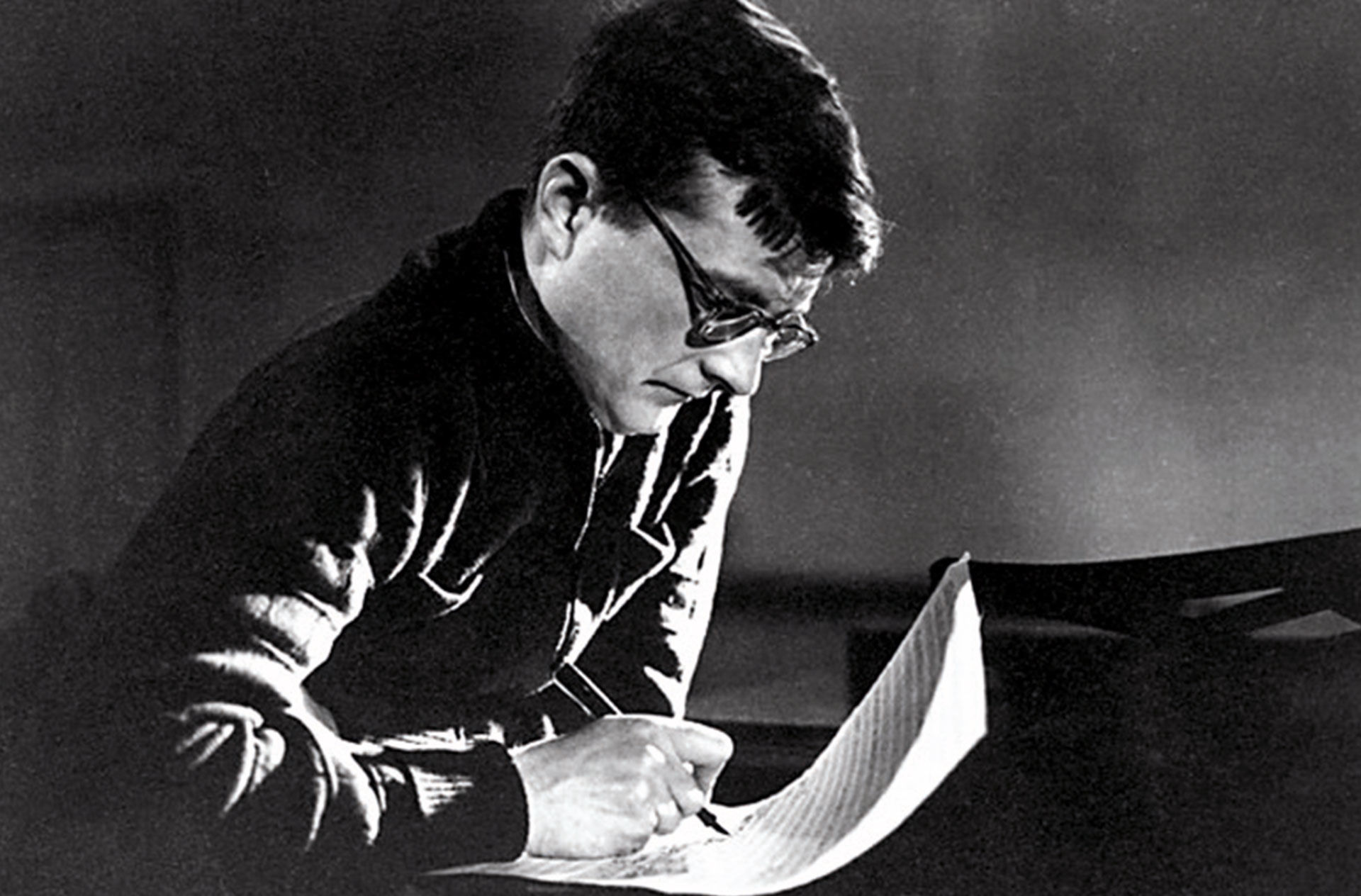
Then the ban on his music in the Soviet Union in the late 1940s (“too formalistic”), the melting of ice after Stalin’s death in 1953 and then a milder 1960s when he as a “national composer” with his diligent pen could write for his own ear, right up to until his death in 1975. It undeniably went up and down!
More about Dmitry Shostakovich
As a human being, Dmitry Shostakovich (1906-1975) was enigmatic and distancing, rarely let anyone get him close. An accomplice or a subversive system critic? Opinions still differ today.
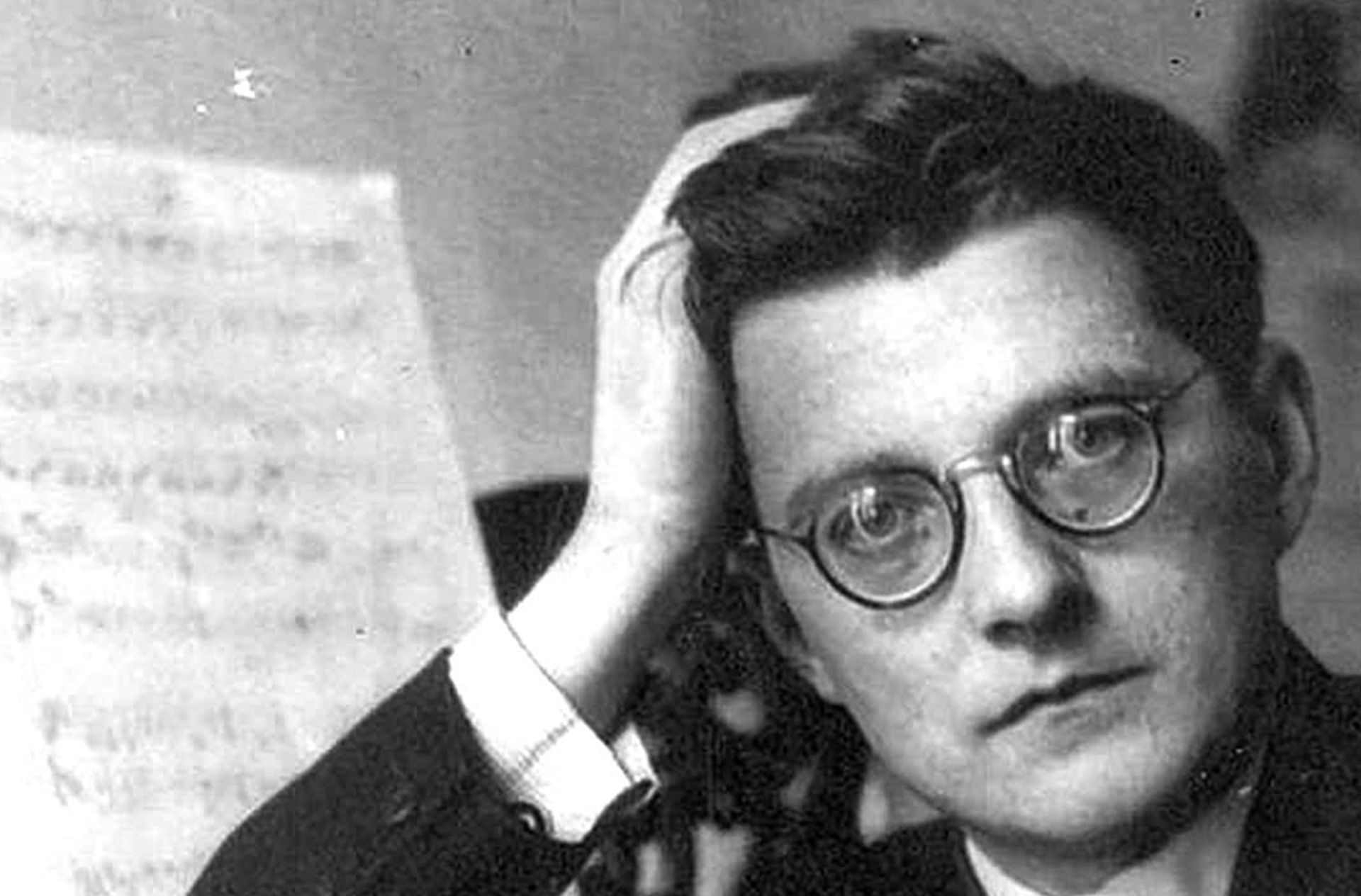
At times he lay sleepless at night waiting for Stalin’s executioners, at other times he appeared as a communist megaphone, including during a visit to the United States.
But it is easy to judge in retrospect and Shostakovich’s music always balanced on the limit of what is allowed. One thing is for sure: Shostakovich’s music is genuine and authentic in his most important works – just like all great art.
Listen
The playlist is loaded with a selection of all the music Shostakovich composed. Welcome to open the door to his world!

The composers behind the most famous masterpieces
Take the opportunity to get to know some of the composers behind the most famous classical masterpieces and listen to their music. Maybe it will be the start of a lifelong friendship.
